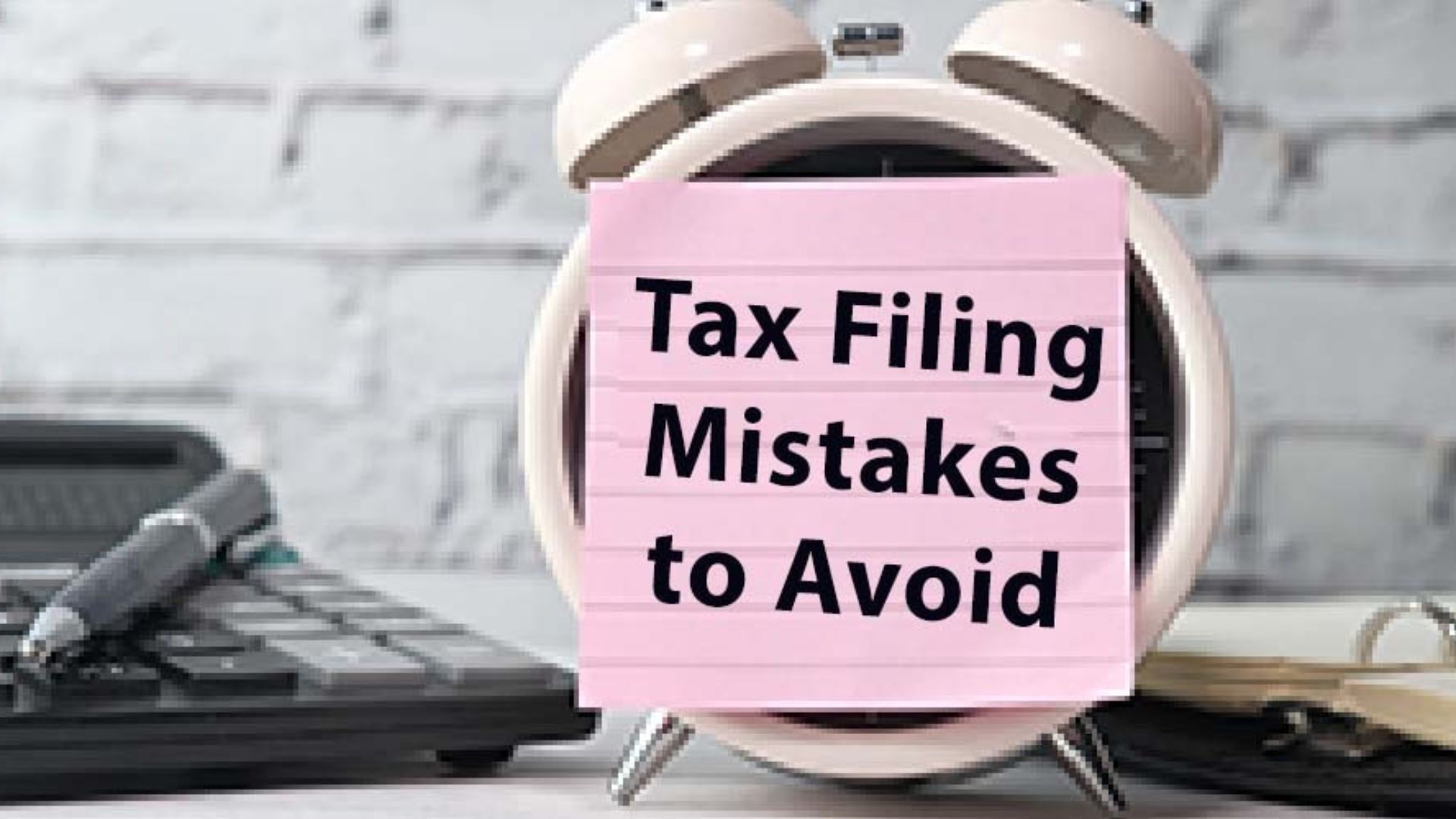

Filing an ITR is not only a cumbersome task but also has chances of errors. A mere typo, calculation error, or lack of information may be the reason for the error in your ITR, which may result in notices and penalties or delays in refund. Thankfully, there are ways through which such errors can be set right by the Income Tax Department. Understanding how to rectify errors in an income tax return is highly important in the interest of compliance and timely resolution. The article shall walk you through steps to make corrections in your ITR, the deadlines, rules, and many other important details about the rectification of income tax returns u/s 143(1), the time limit for such rectification, and many more.
Now, let’s talk about the details of how such mistakes can be rectified.
The taxpayer making a Revised Return is when, at the request of his own, he corrects the errors in the already filed ITR by filing a revised return with correct information either before the ITR is processed or before the end of the assessment year.
Access the portal at https://incometaxindiaefiling.gov.in.
Use your ITR login with the PAN number and password to log in.
Click on the “e-File” menu and select “Income Tax Return.”
Choose the applicable assessment year and click on filing a revised return.
Put the acknowledgment number of your original return and correct the errors.
E-file the revised return and verify it online or send the ITR-V to CPC Bangalore.
One can file a revised return before the end of the relevant assessment year or before the ITR is processed, whichever is earlier. So, for the A.Y.2023-24, one can file a revised return till March 31, 2024.
After filing the revised return, generally, it takes 3-6 months for the Income Tax Department to process the return. It solely depends upon the gravity of the case.
You can’t do a revised return if your ITR is already processed. You can go for only rectification in case of errors in the processing.
In case the ITR has been processed and you find some mistakes, then you can request rectification of income tax return u/s 143(1). A rectification is filed when there is an apparent mistake on the face of the record, such as a mismatch in TDS or wrong intimation from the Income Tax Department.
Calculation errors in the tax amount.
– Errors in income computation.
– TDS/TCS or advance tax credit mismatches.
– Step 1: Access your account at the [Income Tax Login](https://incometaxindiaefiling.gov.in) portal.
– Step 2: In the “e-File” menu, click “Rectification.”
– Step 3: Select the order you wish to rectify. For instance, an intimation order u/s 143(1).
–Step 4: Type of rectification-whether needed by reprocessing or correction of data.
-Step 5: Effect the changes and send appropriate requests for rectification.
The time limit to rectify an income tax return is within 4 years from the end of the financial year in which the order under section 143(1) is passed. For example, if your ITR for FY 2022-23 was processed on July 15, 2023, then you have time till March 31, 2027, to file the same for rectification.
After submitting a rectification request, the time required for processing usually takes around 2 to 6 months, considering the nature of rectification and the workload of the concerned department.
The Income Tax Department also provides an offline provision in case online correction is not feasible. It is called Return Data Correction (Offline). It includes downloading and filling out an Excel utility or Java utility form available at the department’s end. Here is the way one can proceed with the same:
– Step 1: The applicable ITR form-Excel or Java Utility can be downloaded from the official website for income tax e-filing.
– Step 2: Open the form and select the option “Revised Return”.
– Step 3: Fill in the details as required, including the acknowledgment number of your original return.
-Step 4: After making the necessary corrections to the form, generate an XML file upon completion of filling the form.
– Step 5: Now, upload this XML through the income tax e-filing portal after you log in and choose the option “Upload Return.”
The above steps are usually followed in an offline mode when there is no proper response using the online method. In other words, for the filling of revised returns, this offline procedure is usually followed.
ITR Rectification Due Date: As evident, in the case of a revised return, the time limit is the end of the assessment year or before the original ITR is processed in the case of rectification, the time limit is four years from the date of processing the original return.
Verification Process: Any correction or amendment is to be verified through an electronic mode by way of OTP, Aadhaar, or net banking, or by sending the signed ITR-V to CPC, Bangalore.
Multiple Revisions: You can file as many revised returns as you want, as long as you are still within the deadline. But correct all your mistakes before you submit the last one to save yourself from multiple revisions.
Filing a correct ITR is important to avoid any legal complications, penalties, and delays in refunds. Thankfully, as far as the Income Tax Department is concerned, the rectification process is smooth and easy, either by submitting a revised return or seeking rectification. Whether you decide to revise your return before it is processed or go for rectification after receiving intimation u/s 143(1), make sure that you follow the timelines and take careful steps accordingly.
In case you have to file or revise your return, make sure it is always done on the portal. Whether revised return or rectification-quickly sort out the difference to keep away from all possibilities of penalties. Understanding the process and complying with the timelines will ensure the smooth processing of tax returns and prevent unnecessary issues thereafter.